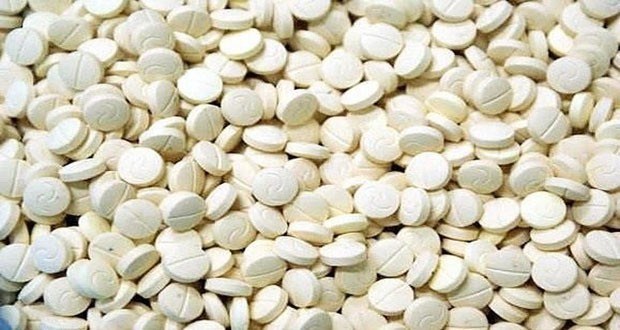The level to which opioids are being prescribed in Ontario is concerning, says a leading researcher in drug policy and addiction.
Tara Gomes, an epidemiologist and a principal investigator of the Ontario Drug Policy Research Network, said one problem is that physicians don't currently know what their patients might be getting from other doctors across the province.
In a 2010 study (with the latest numbers available) the Ontario Drug Policy Research Network found that opioid-related deaths increased by 242 per cent between 1991 and 2010.
In 2010 the research network determined one of every eight deaths among Ontarians between the ages of 25 and 34 was related to opioids.
The majority of opioid-related deaths occurred in men, involved a single opioid, and were deemed as accidental.
The drugs most commonly involved in opioid-related deaths at the time were morphine and heroin (or the two combined), followed by oxycodone, methadone and codeine.
The United Nations' International Narcotics Control Board ranks Canada second globally, after Austria, for opioid consumption per capita
In Ontario, the north has the highest rate of opioid-related deaths, with the northwest region, surrounding Lake Superior, and Manitoulin Island home to the highest mortality rates.
The over-prescription of opioids in Ontario dates back to the early 2000s, said Gomes.
It was around that time that OxyContin was made available in Canada.
“It was really marketed to physicians as being a safer alternative to other opioids available because of the long-acting formulation,” she said.
But many people became addicted to the drug, and found that if they crushed the pills they could inject or snort them to get a quicker high.
After OxyContin stronger opioids like hydromorphone and fentanyl – which can be 100 times as potent as morphine – became available in Canada.
“Fentanyl is certainly an issue because it's a very potent opioid, so even a small amount can be fatal in people who may not have used it before,” Gomes said.
The rise of illicit fentanyl sold on the black market has resulted in a high number of overdose deaths because there are no controls over the doses, or even the contents of the patches.
Gomes said the province created a Narcotics Monitoring System in 2012 that shares information on opioid prescriptions between pharmacists, but doesn't yet include physicians.
She said adding physicians to the system would be one step to prevent over-prescription.
More recently, the provincial government announced it will stop paying for higher-strength opioids through the Ontario Drug Benefit program in January 2017.
Higher doses of morphine, hydromorphone, and fentanyl will no longer be covered through the plan starting next year.
In Sudbury, issues related to illicit use of opioids have made recent headlines.
On Tuesday the Greater Sudbury Police Service reported a number of opioids were stolen from a doctor's office on Notre Dame Avenue on July 28.
The suspect, or suspects, stole 168 vials of fentanyl, 78 vials of versed, 70 vials of remifentanil and 10 bottles of morphine.
On Saturday Sudbury.com also reported on the escalating issue of discarded needles on a path behind Louis Street, near the city's downtown core.
A little girl was pricked by a discarded needle in mid-July.
Gomes said no single policy will address the opioid issue in Ontario, but it will instead take a multi-faceted approach target the problem from a number of different angles, including policing, social services and access to prescriptions.
